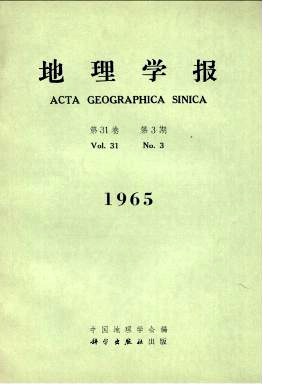QION JIH-LIANG, LINE ZI-KUAN
In this paper, the dry and wet climatic regionalization of China is made on the basis of the data of 286 stations for the years from 1951 to 1960. Aridity is taken as the first index for the regionalization, which shows the annual state of dryness and wetness. Aridity is the ratio of the potential evaporation and the precipitation, in which the poten- tial evaporation is obtained from the H. L. Penman's formula. Then types of dryness and wetness are used as the second index which shows the seasonal changes. On this basis, China is divided into four climatic zones, i.e. wet, semi-wet, semi-dry and dry, which are called "Class I" regionalization. There is good agreement between the natural landscape and the aridity in general. Then we made use of the dry and wet frequency in the analysis of the dry and wet distribution in various seasons. On this basis, 15 dry and wet types are derived, five of which being fundamental dry and wet types. The dry and wet distributions in each season are closely related with the feature of the general circulation. According to Class I and the dry and wet types, China is divided into 25 dry and wet regions, which are called "Class II" regionalization.
